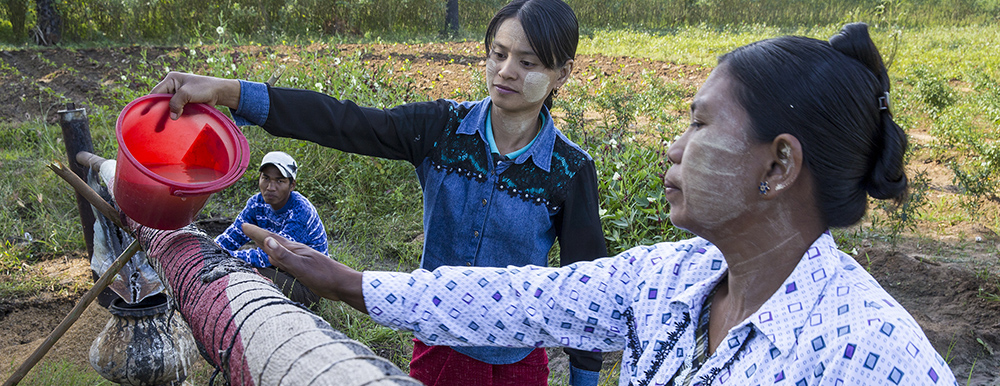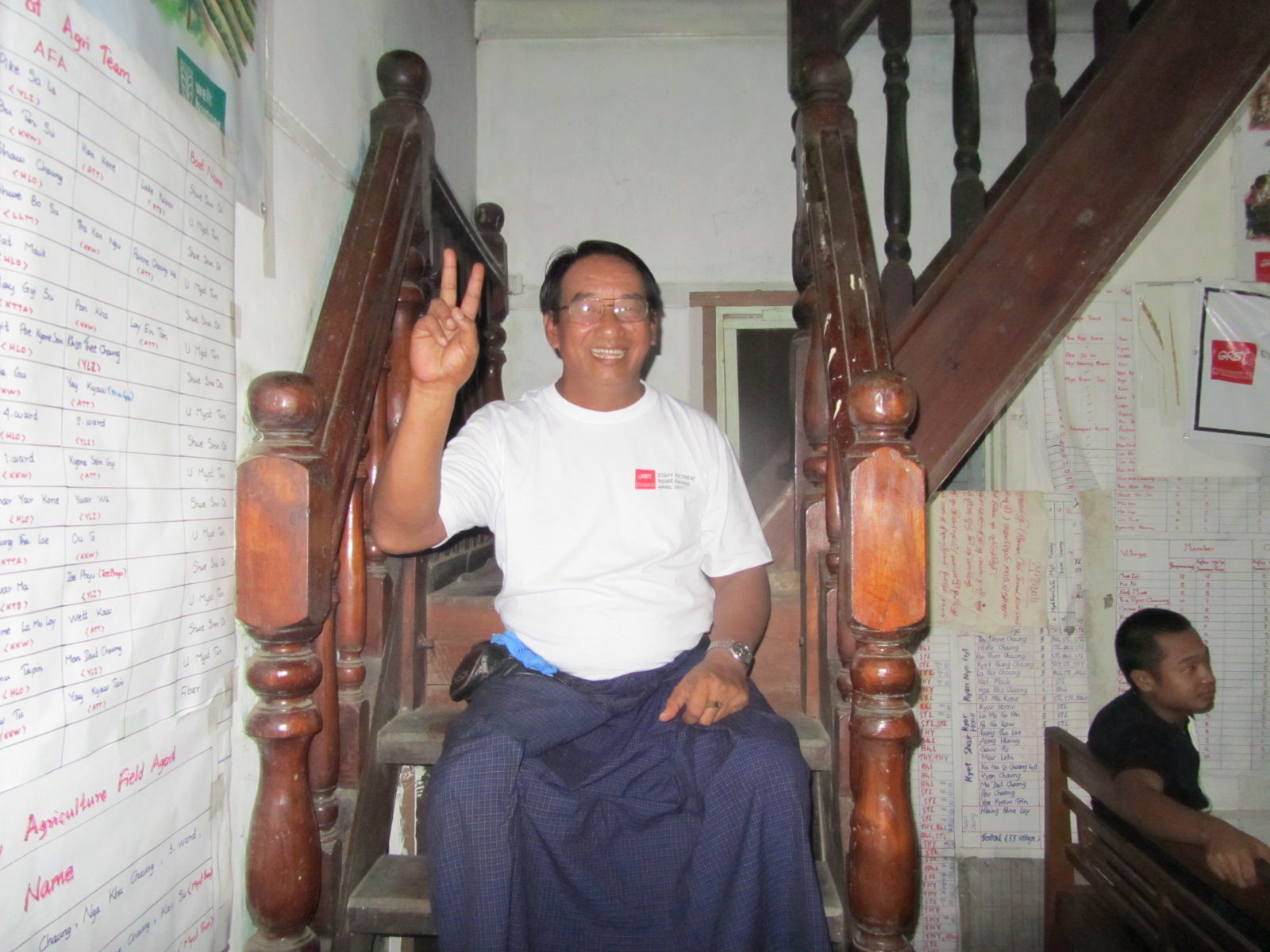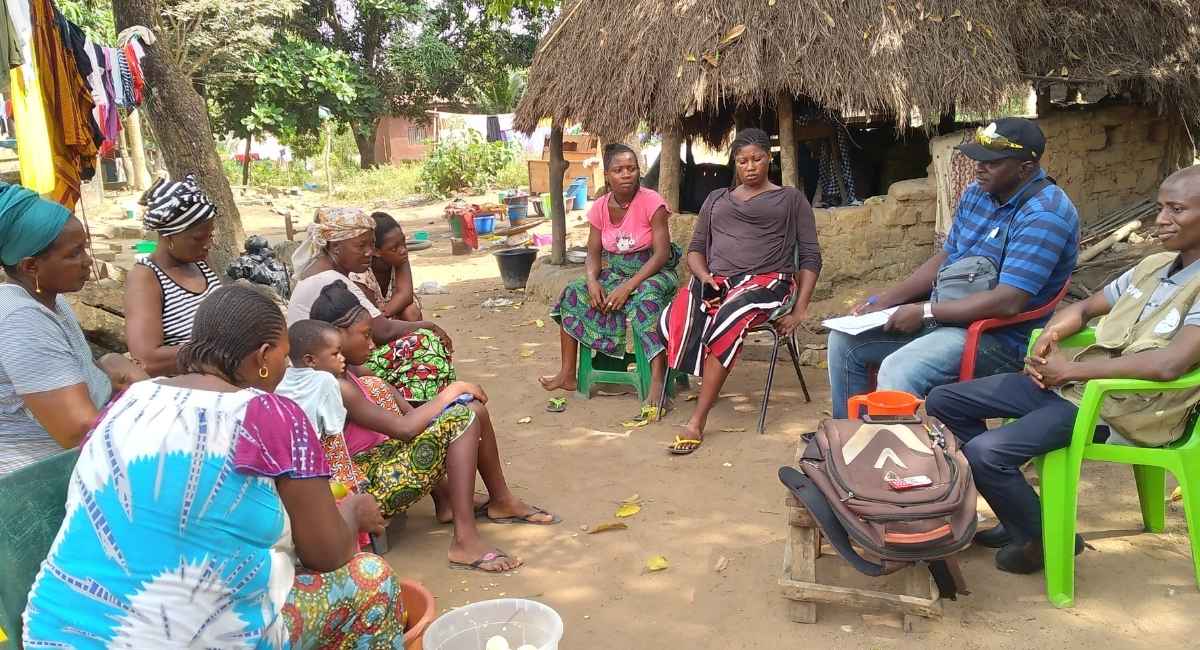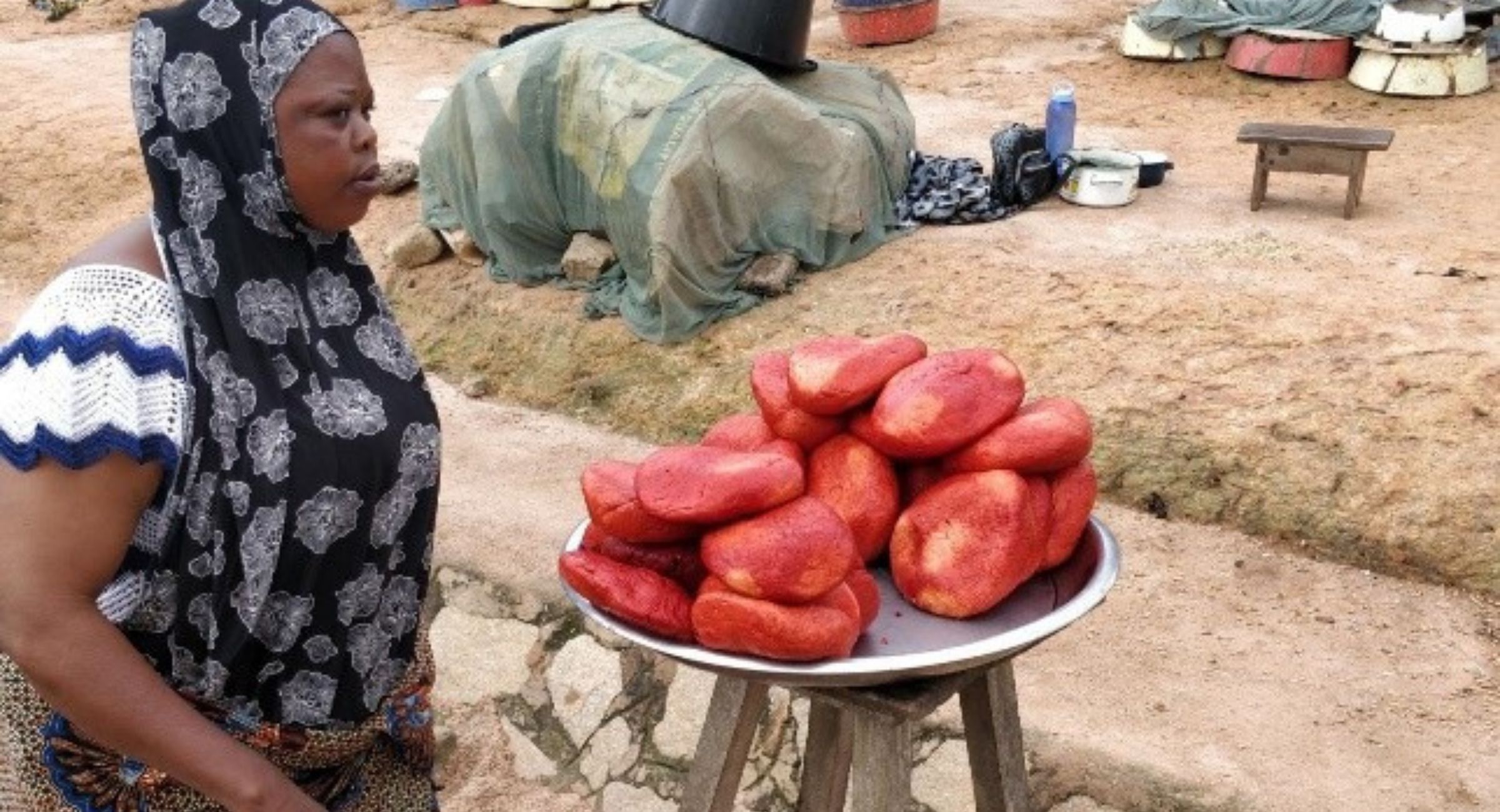To improve the resilience of Myanmar farmers exposed to the hazards of climate change, GRET has developed innovative agricultural techniques. We look back through images (and feedback from the field) on a project led in partnership with Cartier Philanthropy, which came to an end in December 2017.
Ten million people live in the Dry Zone, an arid region located in the centre of Myanmar. In this part of the country, soils are heavily eroded and poor in organic matter. Agriculture is often based simply on rainwater and farmers’ knowledge in terms of sustainable agricultural practices and soil conservation techniques remain quite limited.
The main objective of the “Adaptation to climate change and agricultural innovation in the Dry Zone” project, implemented from 2015 to the end of 2017 thanks to the partnership between Find and Cartier Philanthropy, was to transfer sustainable agricultural techniques to farmers, while facilitating collaboration with training centres and local institutions.
Among the new techniques transferred by the GRET teams is a technique for building stone walls, in order to increase soil conservation. U Myint Swe, aged 42, lives with his wife and six other members of his family. He gives the following account:
“The first thing I noticed after building my protective stone wall [to reduce soil erosion] and the collection ditches was that the soil had become a lot more humid. So I was able to stop growing beans and dhal (editor’s note: lentils) and switch to growing tomatoes, which I can sell for a higher price.”
Natural products that respect health and the environment
U Bo Tint is a member of one of the work groups set up by the GRET teams, with a view to reducing the use of chemical products. Like other farmers, U Bo Tint started using phytosanitary products, which are more natural and homemade.
“The price of these natural products was very competitive compared to that of chemical products. And manufacturing them is not particularly difficult and does not take too much time. I also thought about the effects it would have on my health. When I used to spray chemical products, I would get a burning sensation in my hands and legs, and my neck would be stiff.”
The use of products that are more respectful of health is in fact another significant element of the GRET programme, as Daw Le’ Le’ Soe, a farmer, says:
“Before, I had to travel to Monywa to buy pesticides that are expensive, because I had no alternative. But when I used them in the fields, the products would burn my face and legs. Today, it depends, but let’s say that 80 % of the products I use are naturally sourced and 20 % are chemical”
Repercussions that go way beyond the direct beneficiaries
U Social was not directly involved in GRET’s programme, but he observed the way other farmers were working their land and the ditches and, by replicating their techniques, started to make the same changes:
“At first, I was wary, so I didn’t volunteer to be part of the project. However, I observed what the other farmers were doing. And now I am preparing my field for the next harvest using these natural products.”
Similarly, U Nanaung learnt to use natural phytosanitary products thanks to the group set up by GRET, but without being a part of it himself:
“The sales reps from the chemical product companies don’t even come to this region anymore, because they know we won’t buy anything from them!”
In the county of Budalin, the Ministry of Agriculture, Livestock Farming and Irrigation’s extension appointed seven members in charge of monitoring GRET’s various activities. Khaing Swe Win, a field officer, is among them:
“I am a data analyst. I had no field experience before joining GRET’s ʺFarmer Field Schoolʺ, where I had the opportunity to build real dialogue with farmers and learn more about the challenges and problems they face. Prior to this, I knew absolutely nothing about their difficulties. I worked in my office and rarely in the field.
Personally, I think the greatest benefit the farmers draw from these soil conservation measures is the possibility to extend their plot. If they can cultivate a larger surface in a more effective manner, they can also diversify their income. The farmers in the programme also learnt to monitor and keep accounts of their expenditure and profits. They didn’t know how to do that previously.”
| Bonus: some tips based on natural products, developed by GRET! – Chilli peppers and vinegar to use as a pesticide, or with garlic as a fungicide. – Amino acids from fish as a secondary product, to be used as a fertiliser or manure. – Tobacco leaf extract, as a pesticide or a repellent. – An effective indigenous micro-organism, produced from rotten fruit. |





